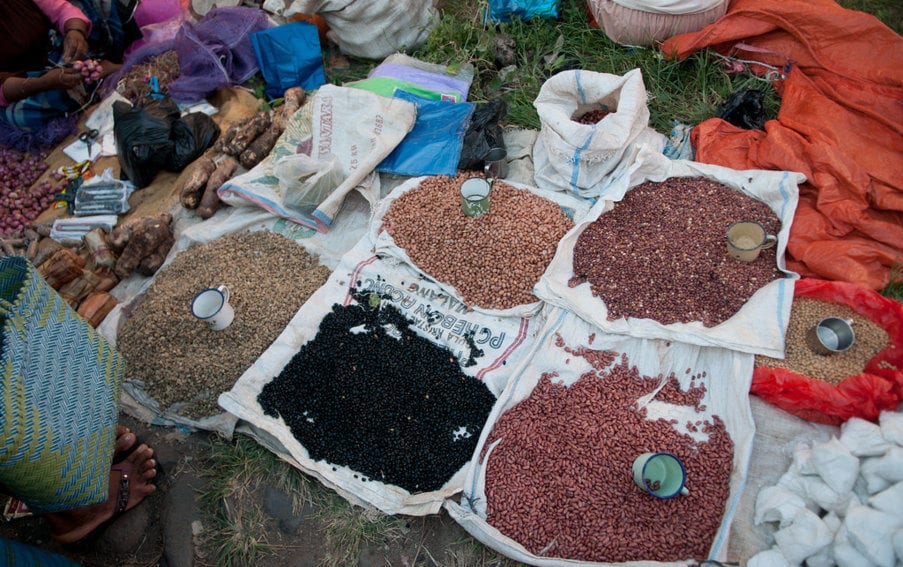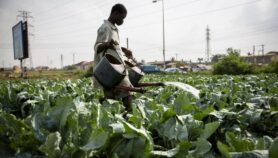Send to a friend
The details you provide on this page will not be used to send unsolicited email, and will not be sold to a 3rd party. See privacy policy.
[NAIROBI] Human diets worldwide have become similar in the last 50 years, but the proportion of most abundant crops indigenous to regions such as Sub-Saharan Africa and South-East Asia has declined over the same period, a study says.
The researchers — who are based in Canada, Colombia, the Netherlands, United Kingdom and the United States — say the lack of data on the impact of food prepared from few crops worldwide motivated them to undertake the study.
They examined national food supply data from the Food and Agriculture Organization of the United Nations for 52 crops and 152 countries from 1961-2009 and identified trends in crop commodity richness and diversity. The researchers also evaluated how the crops and animal products contributed to the food supply of each country in a given year.
“Diets around the world are becoming more similar and based on a few dominant global crops.”
Colin Khoury, International Center for Tropical Agriculture
According to the study published in the Proceedings of the National Academy of Sciences this month (3 March), diets around the world are moving closer to “globalised” with many of them prepared from Western staples, including meat and dairy products.
“We found that 50 of the measured crop commodities currently contribute to the top 90 per cent of calories, protein, fat and weight around the world,” the researchers note in the journal.
According to the study, crops such as millet, sorghum, yam, cassava, and sweet potato showed the largest declines in supply whereas wheat, rice and maize were present in most of the countries.
The trend will have major consequences for human nutrition, global food security and health, says Colin Khoury, the study’s lead author and a scientist at the Colombia-headquartered International Center for Tropical Agriculture.
He adds: “Diets around the world are becoming more similar and based on a few dominant global crops.”
The rising income levels in developing countries with more consumers affording larger quantities of animal products, oils and sugars in their diets accounts for this finding, Khoury explains.
“Countries experiencing rapid dietary change are also quickly seeing rises in the associated diseases of over abundance,” says Khoury, citing cancer and heart diseases.
Khouri suggests the need for improved dietary habits, including promoting alternative crops to boost the resilience of farming and make human diets healthier.
He also calls for more research in locally grown “neglected and underutilised” crops and promoting them through public awareness and policy.
Ruth Oniang’o, the editor-in-chief of Kenya-based African Journal of Food, Agriculture, Nutrition and Development, says big farms in the Western world will dominate the diversity and consumption habits, thus adversely affecting Africa’s traditional diet and smallholder agriculture.
Oniang’o adds: “In the African traditional society a meal is also a source of health and this will make people give up on traditional dishes and limit nutrients one can take for healthy living”.
Food, Oniang’o notes, is part of people’s culture and Africans need to maintain traditional foods as a way of preserving their identity.
Link to full paper in Proceedings of the National Academy of Sciences
This article has been produced by SciDev.Net's Sub-Saharan Africa desk.
References
Proceedings of the National Academy of Sciences doi10.1073/pnas.1313490111 (2014)














